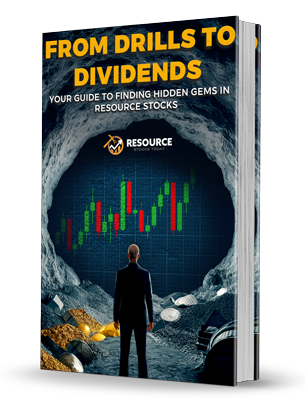Expecting Below-Average Returns from Gold: What Investors Need to Know
Gold has long been heralded as a safe haven for investors, especially during times of economic uncertainty and inflation. However, recent analyses suggest that the yellow metal may not provide the robust returns that many are counting on in the coming years. According to research conducted by Campbell Harvey, a finance professor at Duke University, and Claude Erb, a former commodity-fund manager, gold is currently priced at levels that indicate below-average returns could be on the horizon.
The Current Landscape of Gold Pricing
As of now, gold is trading at levels approaching $3,000 an ounce. This price point has raised questions about its sustainability when examined through the lens of historical pricing ratios and inflation. Harvey and Erb, in their foundational 2012 study, illustrated a troubling trend: at the time, the ratio of gold’s price to the U.S. Consumer Price Index (CPI) was approximately 7-to-1, well above the historical average of around 3.5-to-1. This discrepancy indicated that gold prices were overheated, leading them to predict below-average returns. The subsequent three years saw gold’s value plummet by nearly half, validating their caution.
Fast forward to today, and this ratio has ballooned to approximately 9-to-1. This heightened ratio signals that gold may be priced too aggressively, hinting to investors that returns could be subdued in the near future.
Implications for Future Returns
In their analysis, Harvey warns that after periods of extreme pricing peaks in gold, historically, returns have leaned negative over the following five to ten years. This pattern of movement is problematic for investors who are used to viewing gold as a reliable hedge against inflation or geopolitical upheaval.
Harvey has pointedly remarked that we are currently in a “risk-on” environment. This phrase encapsulates the prevailing atmosphere where investors are favoring equities and other riskier assets. While this trend can be beneficial, it is critical for investors to remain vigilant that “risk-on” is typically succeeded by “risk-off,” where investors retreat into safer assets, including gold.
Evaluating Gold’s Fair Value
Harvey and Erb also introduced an intriguing concept in their 2012 study titled “The Golden Dilemma.” They used a mean-reversion model to estimate what might be considered gold’s fair value, illustrating that when the gold-to-CPI ratio is high, as it is now, the pricing tends to lag behind inflation in subsequent years. In contrast, a lower ratio forecasts a chance for gold to outperform inflation.
Past performance indicates that gold did outperform inflation over the last 20 years; however, during the two decades prior to that, it trailed significantly. This variance in performance highlights how gold’s pricing is not as consistent a hedge against inflation as many proponents argue.
The Fallacy of Geopolitical Protection
Proponents of gold often cite its appeal as a hedge against geopolitical risk, particularly in times of international tension. However, Harvey and Erb’s research evaluating significant market downturns since the 1970s illustrates a more nuanced reality: gold’s performance during these tumultuous market periods has been largely mixed. Gold’s value did not uniformly spike in response to crises, leading to the conclusion that expecting it to consistently act as a geopolitical bellwether may be misguided.
The Bottom Line for Investors
While gold may have impressive short-term performance metrics, the overarching outlook suggests a challenging road ahead. Investors should brace for the likelihood that gold will yield below-average returns given its current price-setting, coupled with its longstanding historical trends of relative underperformance following robust price peaks.
For serious investors considering an allocation into gold or gold-related equities, it’s prudent to adopt a tempered view. Establishing a well-diversified portfolio that reflects both the risks and potential opportunities in commodities—while remaining cognizant of current market conditions—will be essential to navigating the complexities of investing in this storied asset class.
Conclusion
Speculation around gold’s value often draws in passionate investors drawn by its historical cachet and perceived stability. Yet, as highlighted by recent research, the reality may not align with expectations. Investors are encouraged to proceed with caution and consider the broader context of gold’s market dynamics before making investment decisions.















